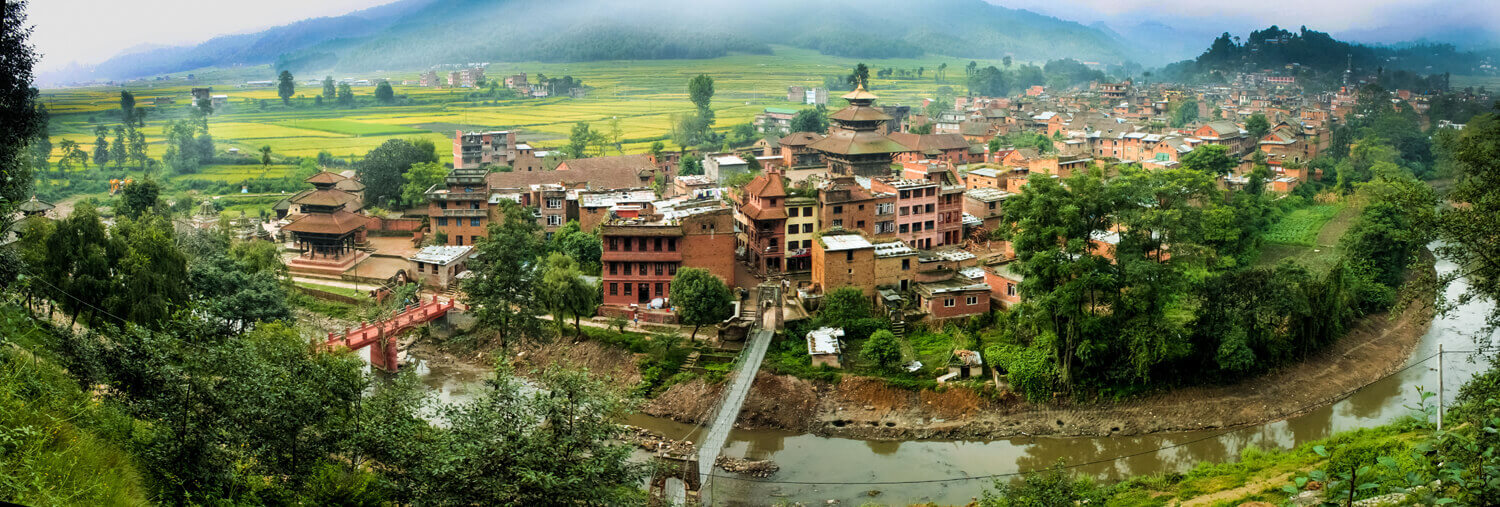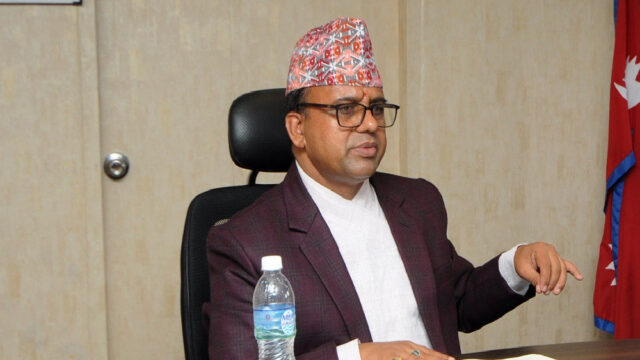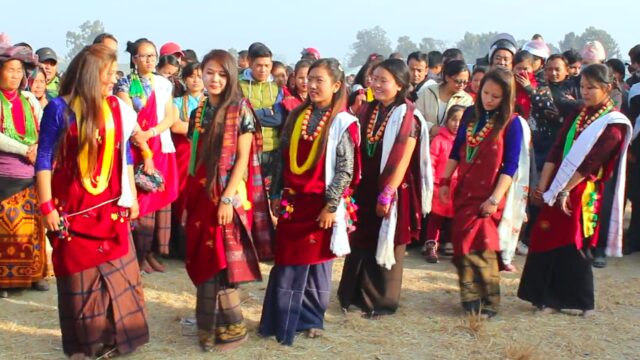The historic town of Panauti in Kavrepalanchok has been celebrating the Hile Jatra for 1,420 years, a tradition deeply rooted in the local culture. The festival, held from Trayodashi to the full moon night, marks the beginning of the agricultural season, with locals starting fieldwork the day after the festival ends.
The festival’s significance is highlighted by the local belief that one must participate in Hile Jatra and stay awake on the night of Mangsir Purnima to ensure prosperity. The festival officially begins with the lowering of deities Bhairabnath, Bhadrakali, Indreshwori, and Brahmayani \ from their temples in Panauti’s historic area. This year, the festivities span from June 20 to June 21, featuring vibrant celebrations.
Local artisans construct chariots for Bhairabnath and Bhadrakali, while temples are adorned with torans and decorations. The festival, also known as Jyapuṇhi in Newari, is closely tied to the agricultural cycle, with the belief that rain and winds follow the festival, ensuring a successful planting season.
Legend has it that the festival commemorates the mythical assistance of Basuki Nag from Bungamati, who helped transport deities across the flooded Punyamata River. This event is symbolically reenacted with the placement of two bamboo poles across the river on Trayodashi.
Hile Jatra is one of the major local festivals, with extensive worship rituals performed at all temples in Panauti. On Chaturdashi, the statue of Ganesh is paraded around the town in a joyous celebration.
On the final day, Purnima features a thrilling chariot race involving Bhadrakali, Mahadev, and Indreshwor, attracting enthusiastic participation from the youth. The climax of the festival involves symbolic battles between chariots, representing various mythological narratives.
Elders recount how Bhadrakali, embodying the form of 64 Yoginis, chases Mahadev in a symbolic display of passion, with the dramatic conclusion occurring at Triveni, where Mahadev transforms into Bhairav to subdue Bhadrakali.
In recent years, the chariot battles, traditionally held at dawn, have been moved to daylight hours to accommodate larger crowds. The municipality even grants a public holiday on the final day of the festival.
The traditional rituals, such as the slow procession of materials for special worship by the Karmaacharyas, are integral to the festival. The locals believe that any interruption to the festival would bring calamity to Panauti, hence its unbroken continuation.
A unique aspect of Hile Jatra includes the local custom of buying items like chuli and bananas, believed to ensure a successful sales season. The festival also features vibrant displays of youth energy, with locals inviting guests for celebratory feasts that include traditional sacrifices.
Historically, King Pratap Malla incorporated water from the Trivenighat in Panauti into Rani Pokhari, acknowledging its sacred significance. The Triveni area, where three rivers converge, holds mythological importance, with beliefs about a hidden river flowing beneath the Brahmayani Temple.
Hile Jatra, with its rich traditions and vibrant celebrations, holds significant potential for boosting tourism in Panauti, offering a unique cultural experience for visitors.






